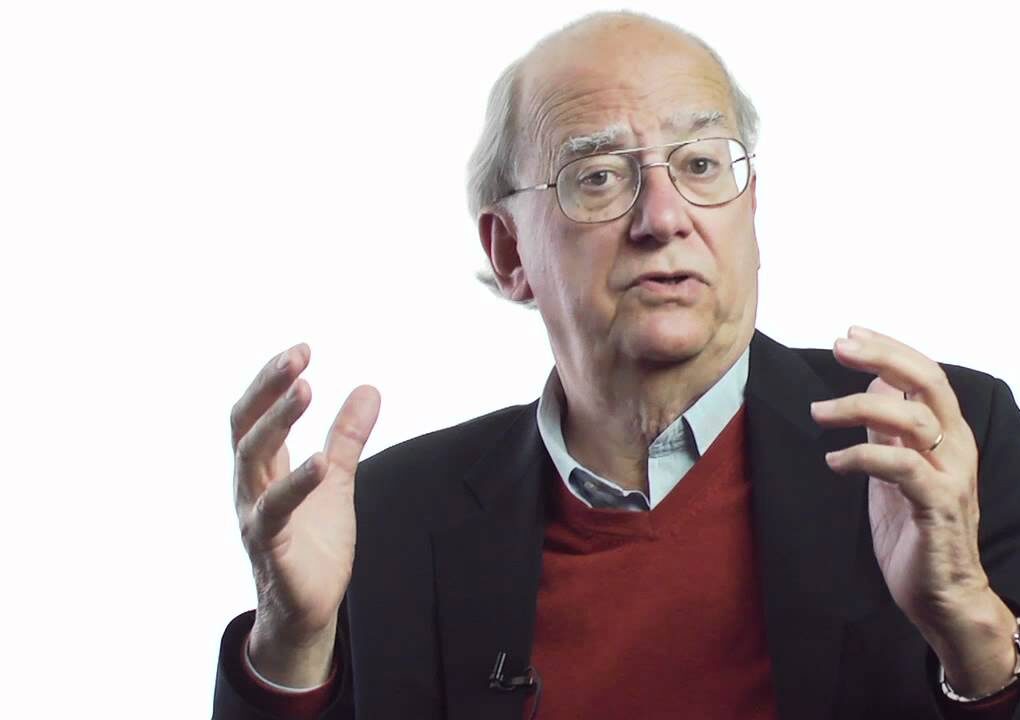
What are the Origins of Conciousness?
The nature of consciousness has long been one of the most profound and perplexing questions in psychology, neuroscience, and philosophy. How does subjective experience arise from the objective, physical processes of the brain? What is the relationship between mind and matter, between the inner world of thoughts and feelings and the outer world of neurons and synapses?
In his groundbreaking book The Consciousness Instinct, neuroscientist Michael Gazzaniga offers a compelling new perspective on these age-old questions, drawing on cutting-edge research in neuroscience, biology, and complexity theory. Gazzaniga argues that consciousness is not a unitary phenomenon, localized in a single area of the brain, but rather an emergent property of the brain’s distributed, decentralized networks of meaning-making.
This paper will explore Gazzaniga’s key ideas and their implications for depth psychology, the branch of psychology concerned with the hidden depths of the psyche and the unconscious mind. We will see how Gazzaniga’s framework of biosemiotics – the study of how biological systems generate meaning through the interpretation of signs – can shed new light on classic depth psychological concepts like the collective unconscious, archetypes, and the process of individuation. By integrating Gazzaniga’s insights with the rich tradition of depth psychology, we can gain a deeper understanding of the nature of consciousness and its role in shaping the human experience.
The Distributed Brain and the Emergence of Consciousness
Gazzaniga’s approach is a rejection of the idea that consciousness is a centralized, executive function of the brain. Instead, he argues, consciousness emerges from the complex, distributed networks of the brain, each of which interprets information and generates meaning in its own specialized way. As Gazzaniga writes:
“The brain is a complex system made up of many modules, each doing its own thing and interacting with others to create the illusion of a unified consciousness. There is no single place in the brain where everything comes together, no central processor, no Cartesian theater. Instead, consciousness is an emergent property of the brain’s many parallel processes.” (Gazzaniga, 2018, p. 7)
This decentralized view of the brain has profound implications for how we understand consciousness. Rather than a unitary “self” that sits at the top of a hierarchy, making decisions and directing behavior, Gazzaniga suggests that the self is a kind of illusion, a narrative construct that emerges from the brain’s many parallel streams of information processing. As he puts it:
“The self is not a thing, but a process – a continual reconstruction of our experiences, memories, and beliefs. It is the story we tell ourselves about who we are, based on the constant chatter of our left hemisphere interpreter.” (Gazzaniga, 2018, p. 123)
This idea of the self as a narrative construct resonates with many themes in depth psychology, particularly the work of Carl Jung and his concept of the persona – the social mask we wear to navigate the world (Jung, 1966). For Jung, the persona was not the true self, but rather a kind of compromise formation between the demands of society and the needs of the individual psyche. Gazzaniga’s distributed model of consciousness suggests that the self is always a kind of persona, a story we tell ourselves based on the partial, fragmented information available to us.
Biosemiotics and the Unconscious Mind
If consciousness is not a centralized executive function, but rather an emergent property of the brain’s distributed networks, then what is the nature of these networks and how do they generate meaning? This is where Gazzaniga’s concept of biosemiotics comes in. Biosemiotics is the study of how biological systems, from cells to organisms to ecosystems, use signs and symbols to communicate and interpret information (Hoffmeyer, 2008).
For Gazzaniga, the brain is fundamentally a semiotic system, constantly interpreting sensory input, memories, and internal states as meaningful signs. As he writes:
“The brain is a massive parallel distributor of information, with each module processing its own input and interpreting it in its own way. These interpretations are then communicated to other modules, which in turn interpret them further, creating a vast network of meaning-making that gives rise to the richness of conscious experience.” (Gazzaniga, 2018, p. 83)
This semiotic view of the brain has intriguing parallels with depth psychology’s concept of the unconscious mind. For Freud and Jung, the unconscious was not simply a repository of repressed memories and instinctual drives, but a living, dynamic system with its own language and logic (Freud, 1953; Jung, 1968). Dreams, for example, were seen as symbolic messages from the unconscious, expressing hidden desires, fears, and conflicts in a cryptic, metaphorical code.
Gazzaniga’s biosemiotic framework suggests that the unconscious mind may be even more vast and complex than Freud and Jung imagined. If every module of the brain is constantly interpreting and generating meaning, then the unconscious is not a separate realm from consciousness, but rather the very fabric of mental life. As Gazzaniga puts it:
“The unconscious is not a Freudian dungeon of repressed desires, but rather a Jungian sea of archetypes and symbols, constantly shaping and informing our conscious experience.” (Gazzaniga, 2018, p. 167)
This idea of the unconscious as a “sea of archetypes and symbols” brings us to another key concept in depth psychology that resonates with Gazzaniga’s work: Jung’s notion of the collective unconscious.
The Collective Unconscious and the Evolution of Meaning
For Jung, the collective unconscious was a transpersonal dimension of the psyche, containing archetypes and instinctual patterns shared by all humans (Jung, 1968). These archetypes, such as the hero, the trickster, the great mother, and the wise old man, were seen as universal templates for human experience, shaping our perceptions, emotions, and behaviors in profound ways.
Gazzaniga’s biosemiotic framework offers a new way of understanding the collective unconscious, not as a mystical realm separate from biology, but as an emergent property of the brain’s evolved capacities for meaning-making. As he writes:
“The brain is an evolved system, shaped by millions of years of natural selection to interpret the world in ways that promote survival and reproduction. The archetypes and symbols of the collective unconscious are not timeless Platonic forms, but rather the accumulated wisdom of our species, encoded in the very structure of our neural networks.” (Gazzaniga, 2018, p. 193)
This evolutionary view of the collective unconscious has important implications for depth psychology. It suggests that the archetypes are not fixed, eternal entities, but rather fluid, dynamic patterns that evolve over time in response to changing environmental and cultural conditions. As our world becomes increasingly complex and interconnected, new archetypes may emerge, reflecting the challenges and opportunities of the 21st century.
Furthermore, Gazzaniga’s emphasis on the brain as an interpreter of meaning suggests that the collective unconscious is not a passive storehouse of ancient wisdom, but an active, creative force that shapes our understanding of the world in real time. Each moment of conscious experience is a product of the brain’s ongoing semiotic activity, as it interprets sensory input, memories, and internal states through the lens of its evolved archetypal patterns.
Individuation and the Emergence of the Self
This brings us to the final key concept in depth psychology that we will explore through the lens of Gazzaniga’s work: Jung’s notion of individuation. For Jung, individuation was the lifelong process of psychological development, whereby the individual becomes increasingly differentiated from the collective unconscious and develops a unique, authentic sense of self (Jung, 1966).
Gazzaniga’s distributed model of consciousness offers a new way of understanding individuation, not as a journey of self-discovery, but as a process of self-creation. If the self is a narrative construct, emerging from the brain’s parallel networks of meaning-making, then individuation is the process by which this narrative becomes increasingly complex, nuanced, and adaptive over time. As Gazzaniga writes:
“Individuation is not about finding your true self, but about creating a self that can thrive in the world. It is an ongoing process of interpretation and reinterpretation, as the brain’s semiotic networks become increasingly sophisticated and differentiated.” (Gazzaniga, 2018, p. 217)
This view of individuation has important implications for psychotherapy and personal growth. It suggests that the goal of therapy is not simply to uncover hidden truths about the self, but to help the individual develop new, more adaptive narratives and interpretive frameworks. By becoming more aware of the brain’s semiotic processes, and learning to direct them in more constructive ways, we can create a sense of self that is more flexible, resilient, and attuned to the complexities of the world around us.
Implications of Conciousness
In The Consciousness Instinct, Michael Gazzaniga offers a groundbreaking new perspective on the nature of consciousness and its relationship to the brain. By drawing on the concepts of biosemiotics and distributed cognition, Gazzaniga challenges the traditional view of consciousness as a unitary, centralized phenomenon, and instead portrays it as an emergent property of the brain’s parallel networks of meaning-making.
This view has profound implications for depth psychology, shedding new light on classic concepts like the unconscious mind, the collective unconscious, archetypes, and individuation. By integrating Gazzaniga’s insights with the rich tradition of depth psychology, we can gain a deeper understanding of the psyche and its relationship to the brain, evolution, and culture.
Ultimately, Gazzaniga’s work invites us to see consciousness not as a mystery to be solved, but as a creative process to be engaged. By becoming more aware of our brain’s semiotic activities, and learning to direct them in more constructive ways, we can develop a more adaptive, flexible, and resilient sense of self, better equipped to navigate the complexities of the 21st century. As Gazzaniga writes in the final pages of his book:
<quote>”Consciousness is not a spectator sport, but a participatory process. We are not passive receivers of information, but active interpreters and creators of meaning. By embracing this view, we open up new possibilities for personal growth, social transformation, and scientific discovery. The future of consciousness is not a destination, but a journey – and it is a journey that we are all on together.” (Gazzaniga, 2018, p. 274)</quote>
As we embark on this journey, Gazzaniga’s biosemiotic framework provides a valuable map and compass, guiding us towards a deeper understanding of ourselves and our place in the world. By integrating his insights with the wisdom of depth psychology, we can chart a course towards greater self-awareness, creativity, and purpose, and contribute to the ongoing evolution of human consciousness.
References
Freud, S. (1953). The interpretation of dreams. In J. Strachey (Ed. & Trans.), The standard edition of the complete psychological works of Sigmund Freud (Vols. 4-5). London: Hogarth Press. (Original work published 1900)
Gazzaniga, M. S. (2018). The consciousness instinct: Unraveling the mystery of how the brain makes the mind. New York: Farrar, Straus and Giroux.
Hoffmeyer, J. (2008). Biosemiotics: An examination into the signs of life and the life of signs. Chicago: University of Chicago Press.
Jung, C. G. (1966). Two essays on analytical psychology (R. F. C. Hull, Trans.). Princeton, NJ: Princeton University Press. (Original work published 1953)
Jung, C. G. (1968). The archetypes and the collective unconscious (R. F. C. Hull, Trans.). Princeton, NJ: Princeton University Press. (Original work published 1959)


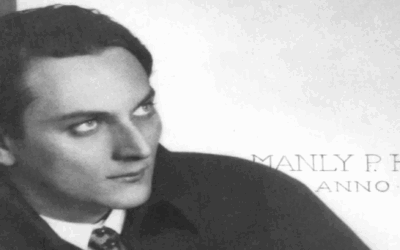
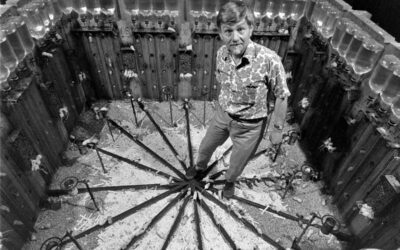









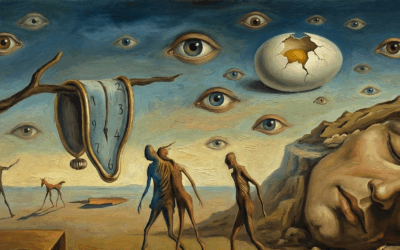



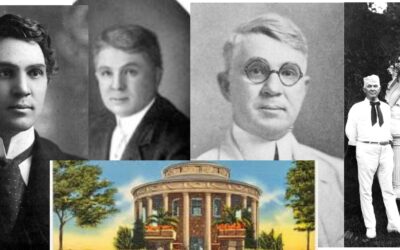

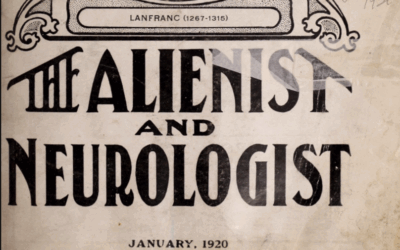
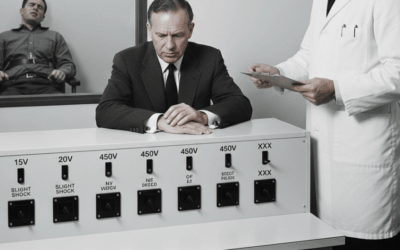
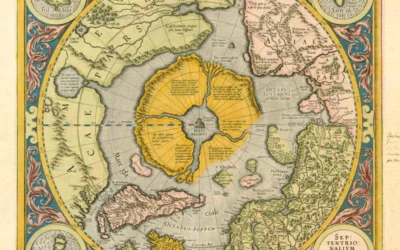


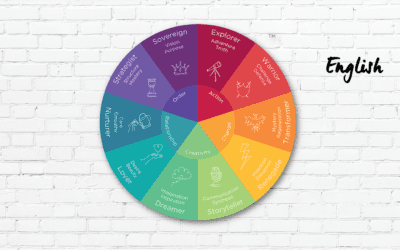

0 Comments